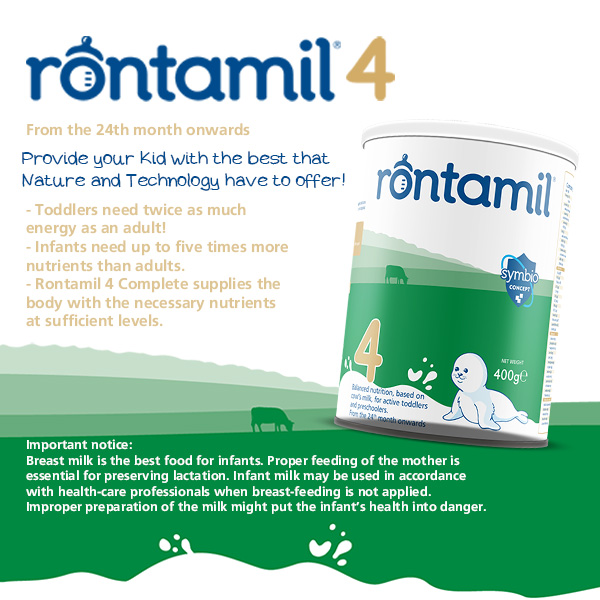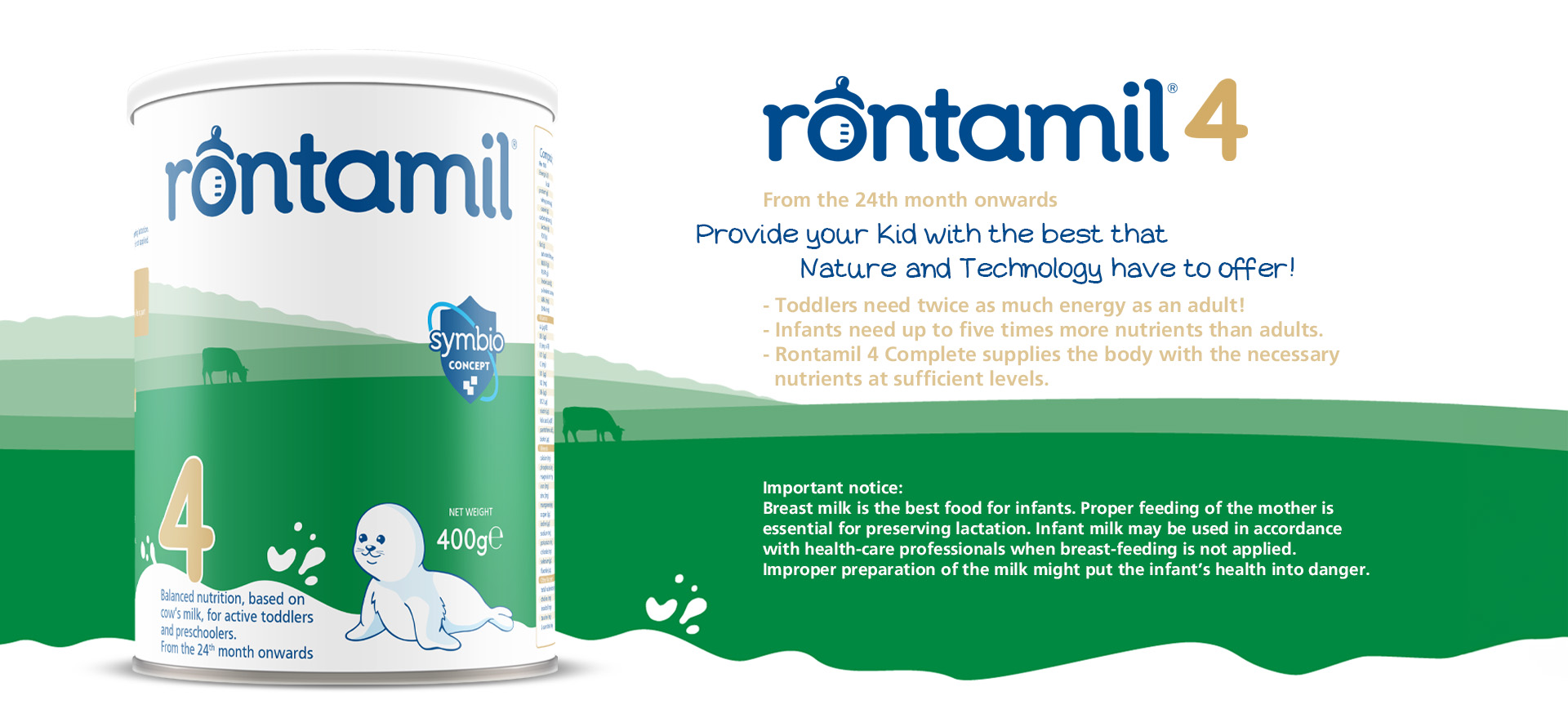Select your baby’s birth date or your due date.
Calendar
Development milestones associated to food intake
Feeding Skills
The type and texture of foods to feed and which feeding styles to use are determined by the infant’s developmental readiness.
The rate at which an infant progresses to each new food texture and feeding style is determined by the infant’s own skills and attitudes.
Infants always do better if they are allowed to develop at their own rate.
It is important for both developmental and nutritional reasons to give age-appropriate foods of the correct consistency and by a method appropriate for the infant’s age and development.
While infants might not come into the world knowing exactly how to feed themselves, they’re born with an instinctive search for food. Their ability to feed well at birth can be attributed to a combination of reflexive responses that enables them to locate the source of nourishment, suck, and swallow. Newborn infants are only able to suck and swallow liquids, but these limited skills are integral to their survival. So natural is the search for food, which a baby often roots within the first hour of being born.
More precisely, the reflexive responses required for successful feeding during early infancy are:
Rooting or search reflex: The infant automatically turns the face towards the stimulus and opens his or her mouth when an oral area (corners of the mouth, upper and lower lip, cheek, and chin) is touched. This reflex allows the infant to locate the source of food (the breast or bottle to begin feeding). This reflex lasts about 4 months.
Suck/Swallow reflex: When an infant’s lips and mouth area are touched, the mouth opens and suckling or sucking movements begin. As liquid moves into the mouth, the tongue immediately moves it to the back of the mouth for swallowing. This reflex facilitates feeding from the breast or bottle but not from a spoon or cup. This reflex lasts about 4 months.
The above reflexes may be used as early signs that help recognizing when the infant is hungry. Crying is a late signal that the infant is hungry. The amount of time between early hunger cues and full-blown crying varies.
Tongue thrust reflex: When the lips are touched, the infant’s tongue extends out of the mouth. This reflex allows for feeding from the breast or bottle and protects the infant against choking. This reflex is seen from birth to about 4 to 6 months.
Gag reflex: The infant gags when any object, such as a spoon or a piece of solid food, is placed way back in the mouth; the object is then propelled forward on the tongue.
This reflex helps to protect an infant from swallowing inappropriate food or objects that could cause choking. This reflex diminishes by 4 months, but is retained to some extent in adults.
The above reflexes may represent a reason for delaying the introduction of complementary foods until 4 to 6 months of age but need further assessment when their presence is extended for longer period.



